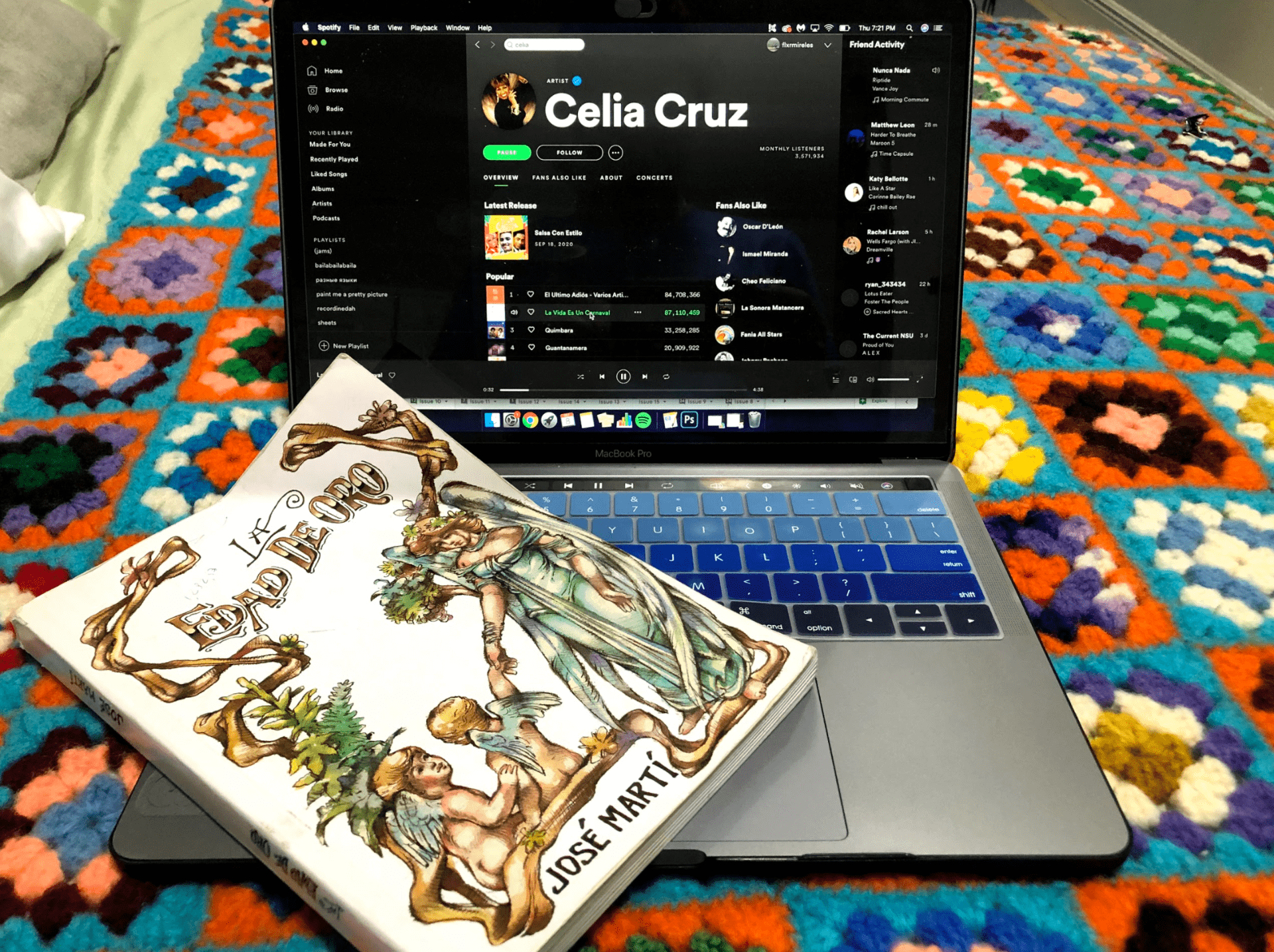Ninety miles off the coast of Florida is Cuba, the largest single island of the archipelago and one of the more influential states of the Caribbean region, according to Britannica. From Cuba, many influential figures have emerged that have not only inspired other Cubans to follow their dreams, but have also made waves in other countries, such as the United States and even Russia. As we end Hispanic Heritage Month, here are some brilliant Cuban figures to remember.
Arnaldo Tamayo Méndez (1941-Present)
Born in Baracoa, Arnaldo Tamayo Méndez became the first Cuban citizen, the first Latin American, the first person of African heritage and the first individual from a country in the Western Hemisphere other than the U.S. to travel to space. Born in 1941, Méndez spent most of his early years in Cuba, where he joined the Cuban Revolutionary Armed Forces. Following his dream of being a fighter pilot, from 1961 to 1962, he completed a course in aerial combat in Russia’s Soviet Union and became a certified combat pilot at the young age of 19. In 1978, at the age of 38, Méndez was selected to be a part of the Soviet Union’s seventh Intercosmos program and had the opportunity to go into space, making history. As a cosmonaut, Méndez also “Helped with experiments involving a brain-stimulating helmet, as well as those designed to measure stress levels, blood circulation, immune system cell health and cellular of division yeast,” according to Business Insider.
José Martí (1853-1895)
Born in Havana in 1853, José Martí was a Cuban poet who played a large role in the movement for Cuba’s independence from Spain. A skilled writer from his youth and a revolutionary spirit, Martí’s poetry, which included poems about politics and Cuba’s independence, was published in local newspapers in the late 1860s. When the Ten Years’ War for Cuba’s independence began in 1868, Martí was accused of treason and arrested, exiled to Spain. From Spain, he went to New York City in 1881, where he continued writing poetry and worked as a foreign correspondent for a number of newspapers. It is from his time in New York that his poetry collection is considered his best work. Martí spent a lot of his life supporting the Cuban revolution, asking Cuban exiles for support, too. According to Brown University Library’s Modern Latin America, “Martí, for his role in the independence movement and for his patriotic writing, became one of the most important figures in the Cuban historical pantheon.”
Recommended Read: La Edad De Oro
Celia Cruz (1929–2003)
Known as “The Queen of Salsa,” Celia Cruz was born in Havana in 1929 and began singing as a teenager, changing Latin music forever. Cruz rose to fame in Cuba in the 1950s, where she earned herself the nickname “La Guarachera de Cuba” after the guaracha, musical rhythm she was performing. After the Cuban Revolution, in 1960, Cruz left Cuba and went on tour in Mexico, moving to the U.S. a year later. Once settled in the U.S., the singer-songwriter revolutionized what Latin music meant by introducing Cuban music influenced by African rhythms to the states. According to the National Museum of American History, “Cruz’s art and sense of style combined with the power and mystery of her voice to create thunder on stage. Her bigger-than-life presence and individual sense of style and aesthetics made her very popular and unforgettable.” In her lifetime, Cruz went on to win numerous awards, including two Grammy Awards and three Latin Grammy Awards. To this day, her signature catchphrase, “Azucar!” is still recognized worldwide.
Recommended Songs: La vida es un carnaval, Rie y Llora, Quimbara, La Negra Tiene Tumbao


